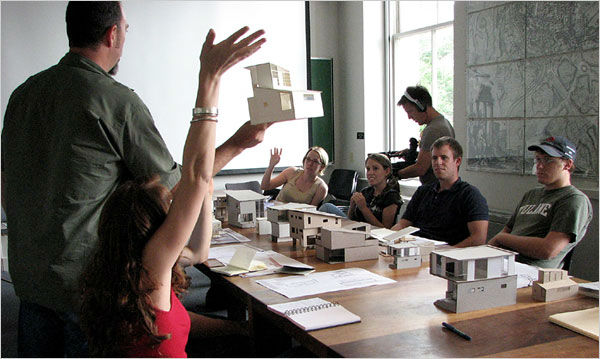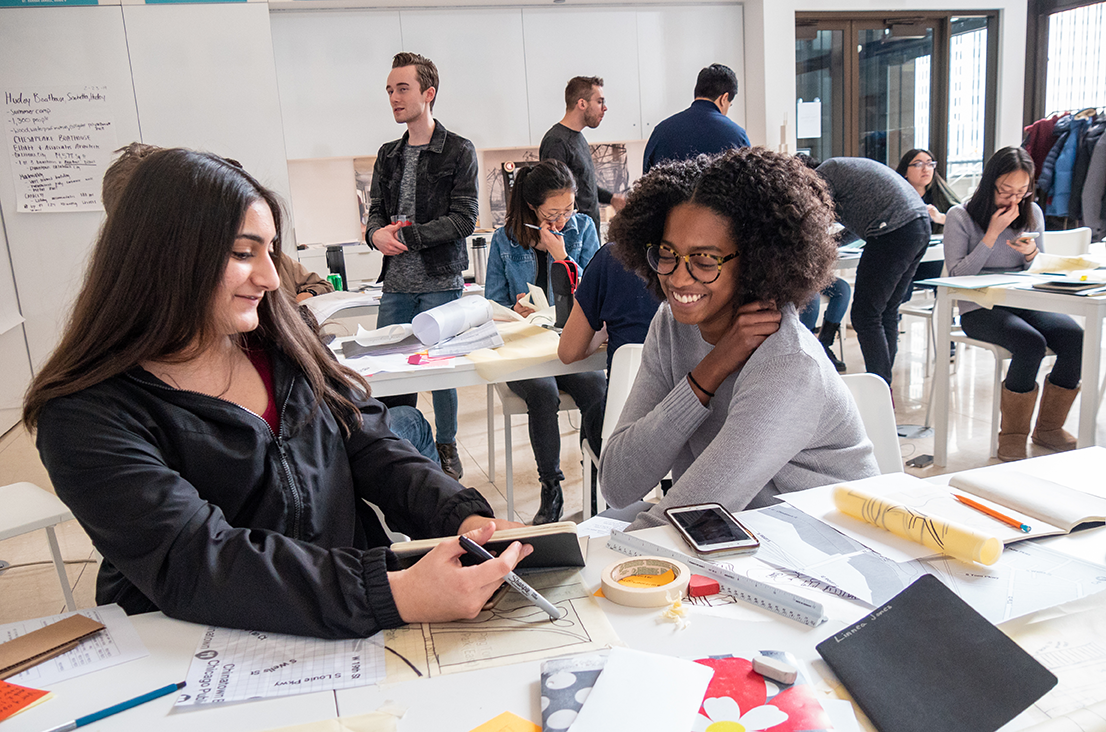As with all other aspects of our lives, the coronavirus has had a massive impact on how everyday life takes place. Within schools and universities this certainly applies and here, we take a look at how the education of architecture has changed and will continue to change in the face of lockdown. With face-to-face learning completely on hold, there is now a greater focus on e-learning than ever before, but we should never lose sight of collaborative learning, which is one of the best ways to teach architecture and design in particular. In a sector where the community is important in all aspects of design, how we educate future architects should continue to promote this.
The end of traditional teaching methods, large group discussions and even small-sided lectures and group sessions, are a thing of the past. We don’t know how long lockdown will go on for realistically, and even when it ends, there will be a slow stream back to how we were before, if we ever get back to life as it was just a few short weeks ago (that feel like months ago already!).
For some within the industry, the new crisis they think will bring out the best in students across the world. Architecture is always looked at as the innovative toolkit that produces our urban environment, helps build our infrastructure in ever-interesting ways that meet any obstacles and challenges head on and looks to create new and sustainable environments for the betterment of our planet. The best architecture comes out of struggle, and with us living in unprecedented and challenging times like no other, the next generation of architects will be tasked with learning and creating in a completely different way to everyone who has come before them.

No matter the tools at their disposal, and the type of digital and collaborative learning that facilitates progress on an academic level, this will surely have an impact on the actual designs and the resolutions to challenges that will now be present. It’s an exciting time to be an architect in that regard, with brand-new challenges that will hopefully push the next generation of architects to new heights.
One way in which digital learning can really work for those studying architecture in the UK, is through the formation of virtual local forums. That way, any students in different countries, who have been sick, or unable to get home, can all come together in one place alongside lecturers and experts, to pool resources and to build a network that really works on a human as well as an educational level.
This type of approach can bring together different schools of thought, from architecture schools the world over, teaching digitally in a way that enthuses students and gets real discussion flowing about the different challenges the world is facing and how the different styles of architect and approach can have an impact in various cities and countries. It is an interesting concept and one that should be welcomed with open arms during this unprecedented crisis.


